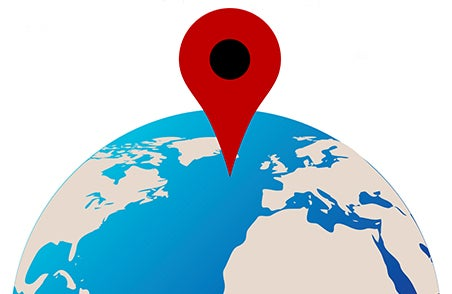In APAC, Respect For Local Nuances Leads To Global Marketing Success
In Australia, McDonald’s prepares its burgers with beetroot. But you won’t find the vegetable in its food in India, Malaysia, or China. Therein lies the recipe for a successful global marketing strategy, which protects the overarching brand but with enough local flexibility to resonate in different markets.

In Australia, McDonald’s prepares its burgers with beetroot. It’s somewhere between the meat and cheese. But you won’t find the vegetable in a Spicy Paneer Wrap at a McDonald’s in India, or in a Burbur Ayam at a McDonald’s in Malaysia.
You will, however, find mushrooms and sesame-flavoured glutinous rice in a Rice McWrap in China, Tabasco in a Chicken McWrap in Panama, and horseradish in a McKren in the Czech Republic.
Therein lies the recipe for a successful global marketing strategy, which protects the overarching brand but with enough local flexibility to resonate in different markets, said Sean Seamer, chief executive of global media network MediaCom in Australia and New Zealand.
Global brands must begin with a clear understanding of the category they are competing in in a specific geography. This explains why an Audi or VW approaches a market differently to a bank or retailer, he said. And for fast-moving consumer good (FMCG) companies, while their retail pressures may be similar, they will be subtly different in each market. “You need to understand the local category and consumer dynamics and also the media dynamics,” Seamer said.
That requires boots, or at least brains, on the ground. Seamer cautioned against a regional approach that overlooks important national issues. “In Australia, you need to be more sophisticated about how you deal with the consumer. The biggest challenge is that we tend to be lumped with APAC,” he said. “It’s like EMEA–how can you put Africa and Europe together or Australia with Japan in APAC?” Those national markets are starkly different, he added, regardless of geographic proximity.
Marketers need to “tap into the Zeitgeist and resonate with people” to be effective, said Graham Fink, chief creative officer for Ogilvy+Mather in China, at the AANA Reset 2015 conference, in Sydney at the end of October.
While it is possible to run global campaigns–particularly those with a “basic human truth” to leverage, such as going on a holiday or having a drink–even that can be tricky because of cultural or language differences, Fink said. “In China you’ve got 34 different provinces, and [market researcher] Millward Brown will tell you that what works in one province only has a 52% chance of working in another, and there are many different languages. You know, not everybody speaks Mandarin.”
Local nuances affect different channels, said Rickie Hobbie, Hong Kong-based APAC marketing director for Epsilon. “Social media, for example, is a different animal in China. I do social, but I need an insider who knows China better. In APAC, we are a cultural melting pot of different people and different languages, so you need to localise and customise for the people,” she said.
Paula Parkes, director of Adobe’s digital marketing business in Asia Pacific, agreed that while it is important to maintain a certain level of brand consistency globally, a degree of flexibility, “not just in the internal teams, but with local agencies,” is necessary. (Note: Adobe is CMO.com’s parent company.)
Marketers need to take language, culture, and local nuances into account for a campaign to resonate with consumers, said Parkes, who works across 10 countries in Asia. “You need a certain agility, especially when rolling out real time. You need to provide a level of flexibility, but maintain rigour in terms of brand approval,” she said.
Indeed, there is a fine line that global companies need to walk in an increasingly globalised world. “Louis Vuitton has to be a certain brand in China and in Australia, so you need control and flexibility,” MediaCom’s Seamer said. “You need guidelines around the brand, with some elements that are flexible and some elements that are completely free. It’s a balance of flexibility and control.”